Here’s the fifth part of my interview with the late Steve Moore, with more to follow. The first, second, third, and fourth parts are already online, along with some explanation of how the interview came about. This particular part of the interview is specifically about Steve Moore’s I Ching studies.
PÓM: Can you tell me about the I Ching, and your work on it?
SM: 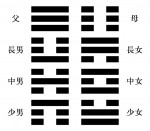
I think I first picked up the book at Bookends, it being a hippy favourite at the time, especially as Jung had declared an interest in it, though I only began to appreciate its significance as I discovered more about Chinese culture.
PÓM: Do you consult the book yourself?
SM: Hardly ever, these days, and I never really consulted it about how I should act, much preferring to make my own decisions. But as I started to get interested, I took a hint from Jung, who suggested asking for a ‘general outlook’. I turned that into ‘what is the general outlook for tomorrow?’ and started consulting the Yijing virtually every day that I was actually at home, which, apart from anything else, is a great way of familiarising yourself with the book and how it works. Effectively I was predicting the future, and I found that if you didn’t press the answers too hard … if you didn’t expect the answer to tell you exactly what was going to happen the next day, but just to give a general indication of good, bad or indifferent … then overall it was sufficiently accurate enough to keep me interested, and occasionally you’d get a very distinct ‘hit’ where the book had predicted precisely what would happen. So I did that pretty much continuously from 1977 to 1999, by which time it was really no longer necessary, as I’d convinced myself long before that that a): the Yijing actually worked and that b): the future was predictable. That’s a difficult notion for some people, and doubtless the reason why western translations of the book try to steer you away from prediction toward advice about the best way to act, because if the future is predictable, it raises serious questions about free will. Of course, according to the ‘Eternalist’ view of time I mentioned earlier, there’s no problem, because the unfolding course of events is predetermined, and free will just doesn’t come in to it.
There’s also a form of ‘horoscope’ based on the Yijing, which develops cycles of hexagrams based on your birth-date, and obviously gives you the judgements that go with those hexagrams. So you end up with a ‘natal’ hexagram that defines your character and basic ‘fate’, and from that you derive cycles that give you a hexagram for every year of your life, and from those hexagrams you develop further cycles that give you a text for every single day of your life. Again, I find that, if you don’t press the answers too hard, it’s accurate enough to be interesting, and I continue to run that, even though I’ve given up consulting the book itself. So this element of predictability, and a wider interest in divination in general, fits into a pattern with my interest in Eternalism and notions of a deterministic universe, with all of which I feel perfectly comfortable. After all, I may not have any free will, but I really have no alternative but to act as if I do, so I may as well just get on with it.
PÓM: So, is this the basis of your work on the Yijing?
SM: No, actually, this is all entirely irrelevant to my work on it! When it comes to research and writing about the Yijing, virtually everything I’ve done has been about the history of the book and the Chinese cosmological notions that have been attached to it, and not about its predictive or advisory use at all.
As I mentioned, the Yijing’s based on 64 six-line hexagrams. But those six-line figures can also be seen as being made up of two three-line figures known as trigrams, of which there are eight different sets. Each trigram, apart from having a meaning of its own, is correlated with a direction, one of the Chinese ‘elements’, times of the day or year, and so on, and they’re really at the heart of traditional Chinese cosmology. They’re often shown in circular arrangements, and that’s where my interest mainly centred in the early days, though I came to them by a rather curious route.
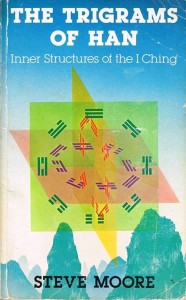
Apart from trying to provide a more realistic picture of the historical development of the Yijing than the traditional Chinese version, it was basically a study of the various circular arrangements of the trigrams, showing how they reflected the cosmological concepts prevalent in the Han dynasty (206 BC – 220 AD). It also had a final chapter on the Eight Arrays, which, as far as I know, is still the only treatment of the subject in the English language.
PÓM: How was the book received?
SM: It seems to have been quite well-liked by Yijing scholars, which is gratifying, but financially it was pretty much of a disaster. I got an advance of £750, but not a penny more in royalties. Not being a consultable translation of the Book of Changes and being a fairly scholarly work besides, it didn’t appeal to the New Age/Self Development market that HarperCollins were trying to sell it to, and they didn’t distribute it all in the USA. So after a year they remaindered all the copies that were left to Australia, which I was rather irate about, especially as they’d signed a contract saying they wouldn’t remainder it within two years. So I complained and got the rights back. I’ve never actually published it again, and it’s become a little dated now, particularly with regard to the historical development of the Yijing, on which a great deal more material has come to light, so that chapter would have to be completely rewritten. And I’ve collected quite a lot more material on the Eight Arrays now, though most of that’s in Chinese and Japanese. Unless I run into someone who can translate with far greater facility than I can, it’s likely to stay in Chinese and Japanese too. But it’s a problem I keep tinkering with, and even if I never get round to sorting it out, maybe the material can be passed on to someone else who can.
Still, as I said, some people liked the book, and in 1995 I was contacted by a gent called Gary Dickinson, who was primarily an expert in oriental textiles, but had also set up an ‘I Ching Society’ in London. He sent me the first issue of his journal, The Oracle, and asked if I’d care to join up. I did, though I was much more interested in the magazine than attending meetings, and by the third issue I’d taken over production of The Oracle, though Gary was still nominally editor. It was still ‘The Journal of the I Ching Society’, so we pretty well had to accept contributions from members, some of which were of variable quality, but Gary and I co-wrote one special, large issue on the Yijing in Tibet which was the length of a short book and again remains, as far as I know, virtually the only treatment of the subject in English.
By the time we got to issue 6, and early 1998, Gary had had enough of trying to organise the society (an awful lot of good ideas run aground on administration, especially if there are only one or two people running things), so he asked me if I could take over. I really didn’t want the society, but I was happy to take over the magazine, which I was virtually running by then anyway. I changed the subtitle to ‘The Journal of Yijing Studies’, ditched the idea of running ‘members’ articles’ and made the whole thing much more academic. I’d built up a lot more contacts by then, partly by joining an email discussion group called ‘Hexagram-8’ (mainly with a view to increasing the circulation on The Oracle, which was never more than about 120, at its peak), but also because, at the request of a gent called Prof. Kidder Smith, I’d taken over and revived a project of his called the ‘Zhouyi Network’, at the same time as I’d taken on The Oracle. This was a purely academic newsletter, providing contact details for scholars of the Yijing, news of publications, requests for information, and so on. It also gave me a pool of talent to draw on for The Oracle so from then on a lot of the content was actually by university professors.
I kept The Oracle going until issue 12, in January 2002 (and also published a couple of single-article Oracle Papers in 2005), but by then I was finding it harder and harder to attract good material (and I didn’t want to end up writing the whole thing myself), and I too was starting to get fed up with all the admin and correspondence. Also, around 2000 I’d returned to writing comics again, which was taking up a lot of my time … and I’d also just finished off another absurdly time-consuming Yijing-related project. I needed a break.
PÓM: And what was that other project?
SM: A bibliography. During my time on the Hexagram-8 mailing list, I’d run into an emeritus professor of philosophy from Massachusetts called Edward Hacker, who was looking to expand the bibliography of material he’d already compiled for his I Ching Handbook and was seeking assistance. He got two main respondents, a lady called Lorraine Patsco from New Jersey, and myself, and the end result of this was a collaboration that started around 1996 and went on for about five or six years. The end result was I Ching: An Annotated Bibliography, published by Routledge in 2002. This was a bibliography of works in English, both scholarly and popular, and listed 1047 items, published up until 2000, each of them annotated as to content, publication details and so on.
All three of us worked at finding the material, some of which was extremely obscure, though Ed and Lorraine found the majority of it; I mainly provided stuff published in Britain. Ed wrote most of the annotations, though I wrote a few. Lorraine assembled the files and actually typeset the book (Routledge really had very little to do on the book, apart from print and distribute it), and I did all the editing and proofreading, as well as writing an introductory essay. As you can imagine, though, this wasn’t exactly a bestseller!
Ed was very generous (and trusting!) during this period, and actually shipped over a large portion of his library to me, so I hired a photocopier for three months and just spent my evenings statting the stuff. As you can imagine, I really have quite a large reference library on the Yijing. And I’ve also kept in touch with Ed ever since. A true gentleman.
PÓM: Was that the end of your involvement with the Yijing?
SM: No, I’ve still kept in touch with a few people, and I do the occasional book review. And I spent some time in 2012 helping out some friends who were setting up a digital library of scholarly articles on the Yijing. What with The Oracle, the bibliography and the material Ed Hacker sent over to me, I have lots of material, some of it quite hard to find (and in one or two cases, in single-copy manuscript), so I scanned a lot of material for the project, to make sure it was preserved.
More recently, it’s been projects concerning Zhuge Liang, with whom I’ve always been fascinated, along with the many things he’s credited with. A lot of the stuff with his name on actually doesn’t have anything to do with him, but it was a common practice in traditional China to attribute authorship to some ancient worthy, just to make the material seem more worthwhile. But the ‘wooden oxen’ he’s said to have invented and used to transport military supplies are actually mentioned in the official histories written soon after his death, though they don’t say what they were; later legend turned them into self-motivated automata. These days they’re usually ‘explained away’ as wheelbarrows, but back in the early 1990s I wrote a long article that appeared in the first volume of Fortean Studies (1994), which argued that, whatever was being described in the ‘technical description’ that’s come down to us, it’s nothing like a Chinese wheelbarrow! Unfortunately I still have no idea what it is, though!
In recent years, I’ve translated an apocalyptic ‘prophetic text’ attributed to Zhuge Liang called the Maqian ke (a title usually translated as ‘Prophecies before the Horse’), with a full commentary and discussion of the context, dating, and so on. It’s obviously not by Zhuge Liang (though weirdly an awful lot of Chinese refuse to accept that) and appears to have been produced in the late 19th or early 20th centuries, and it’s full of puns and complex wordplay. I enjoyed working on that enormously. It was a bit like solving crossword puzzles in Chinese! I also wrote another piece about a divination system attributed to Zhuge Liang (falsely, as usual) called the Shenshu (‘Divine Book’), so he continues to be tangled up in my life. Both those pieces were published online. Nobody would pretend that either of these texts are particularly ‘important’, but they’re the sort of scholarly back-alleys that I love delving around in.
To Be Continued…
Apologies for the long delay in posting further episodes of this interview. Real Life occasionally intervenes, unfortunately.


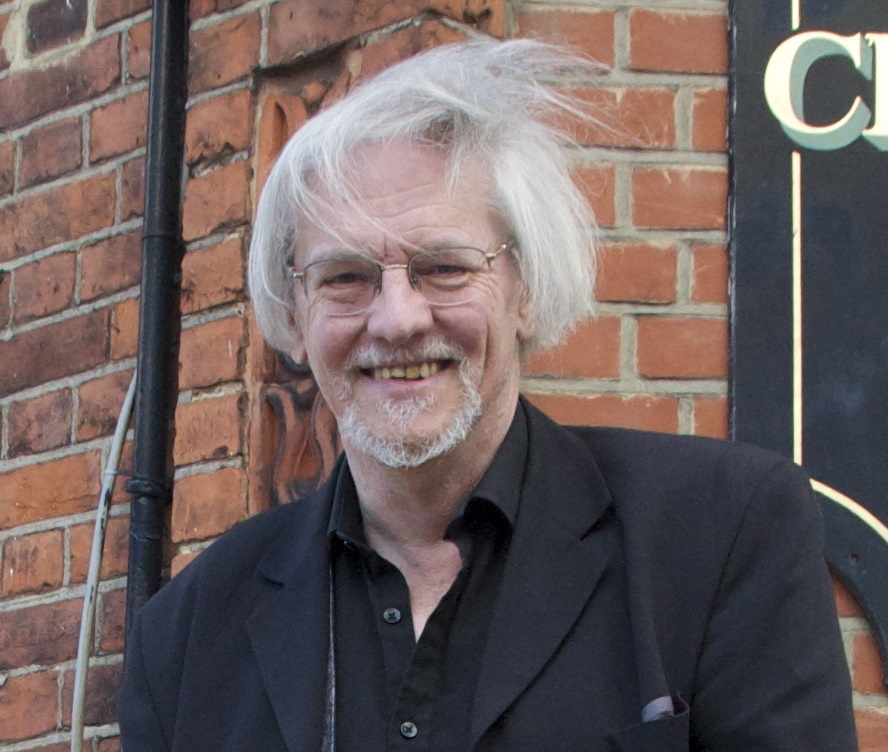
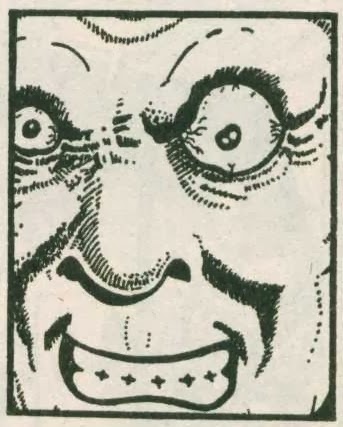
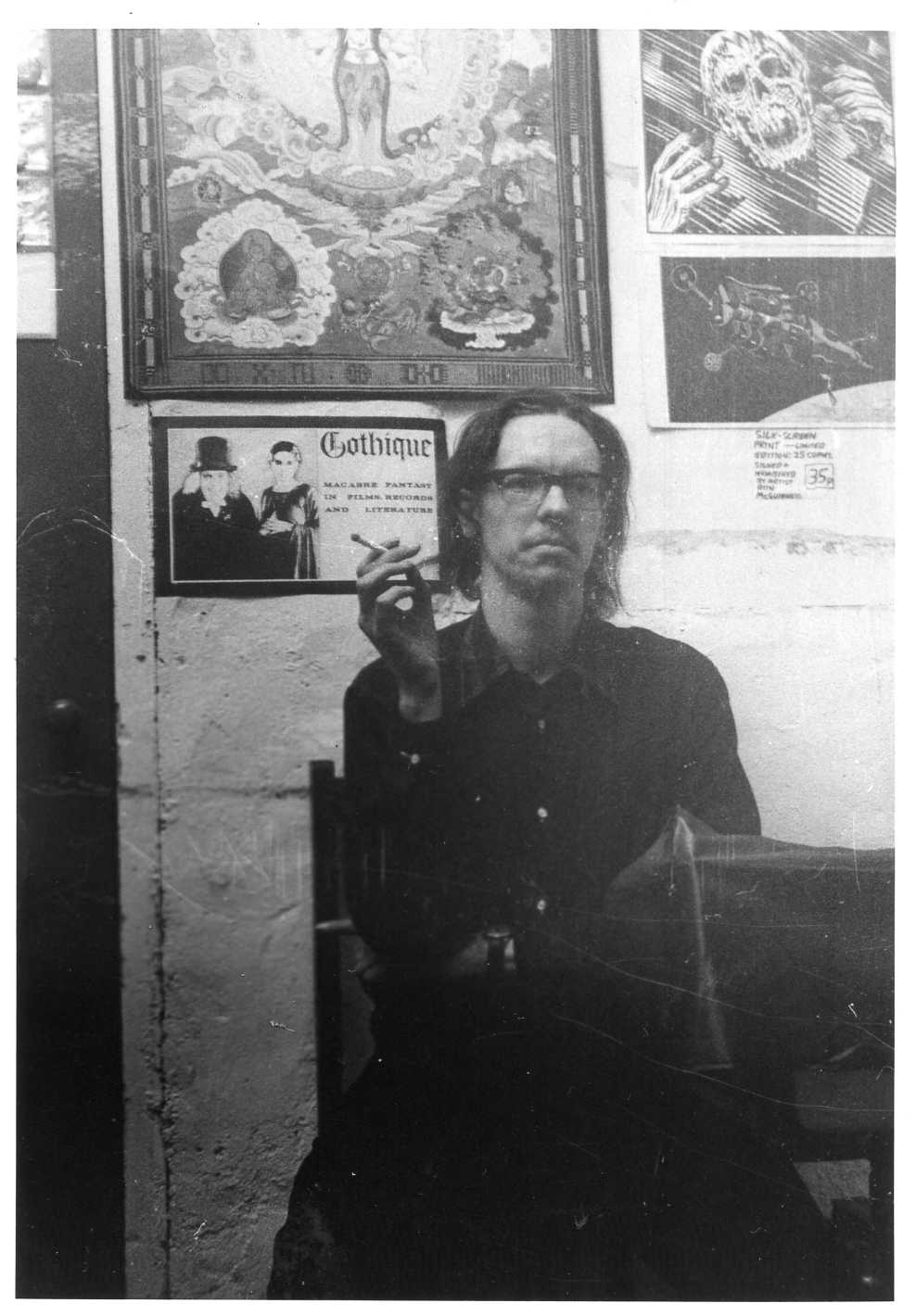
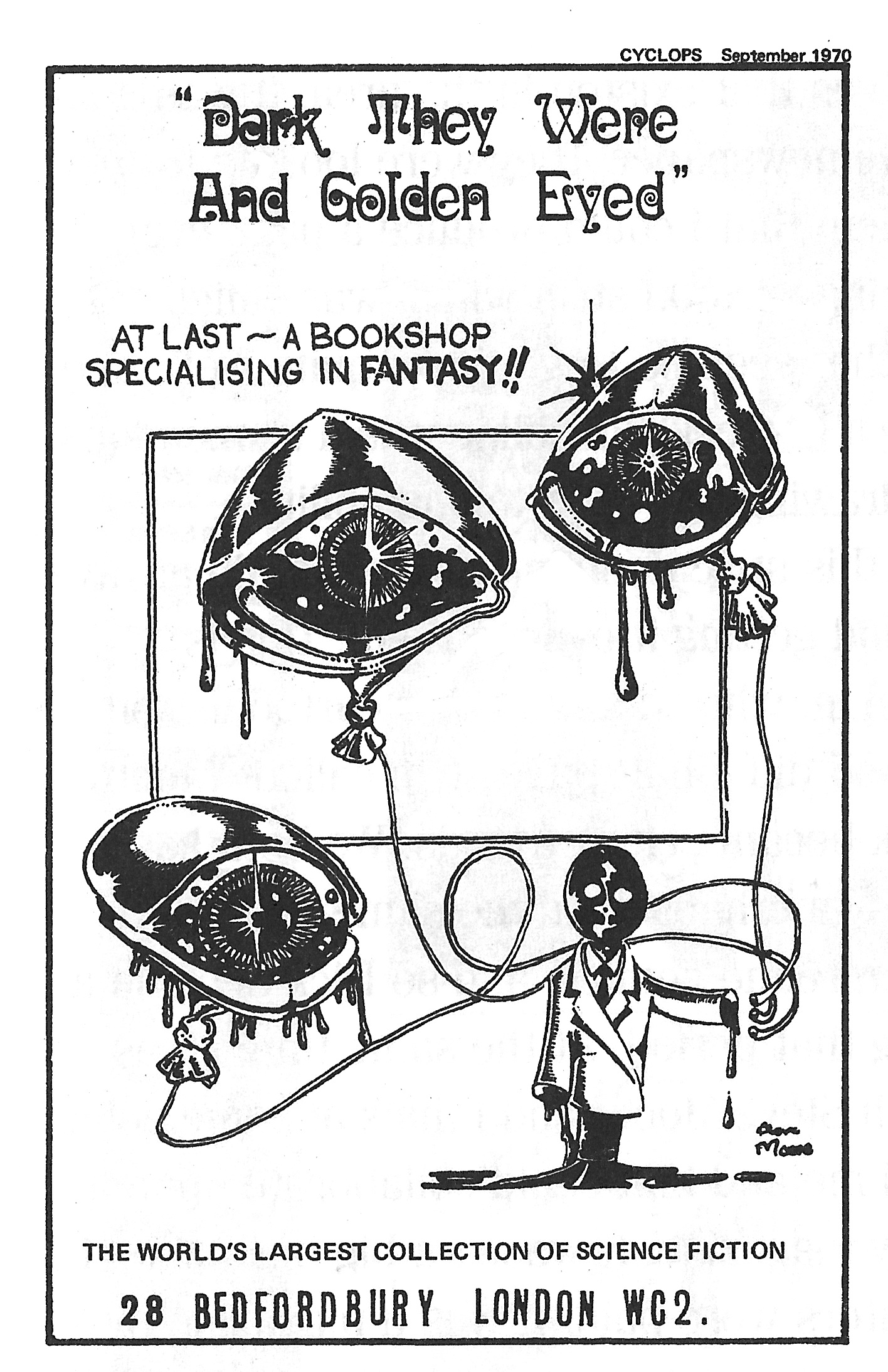


Comments are closed.